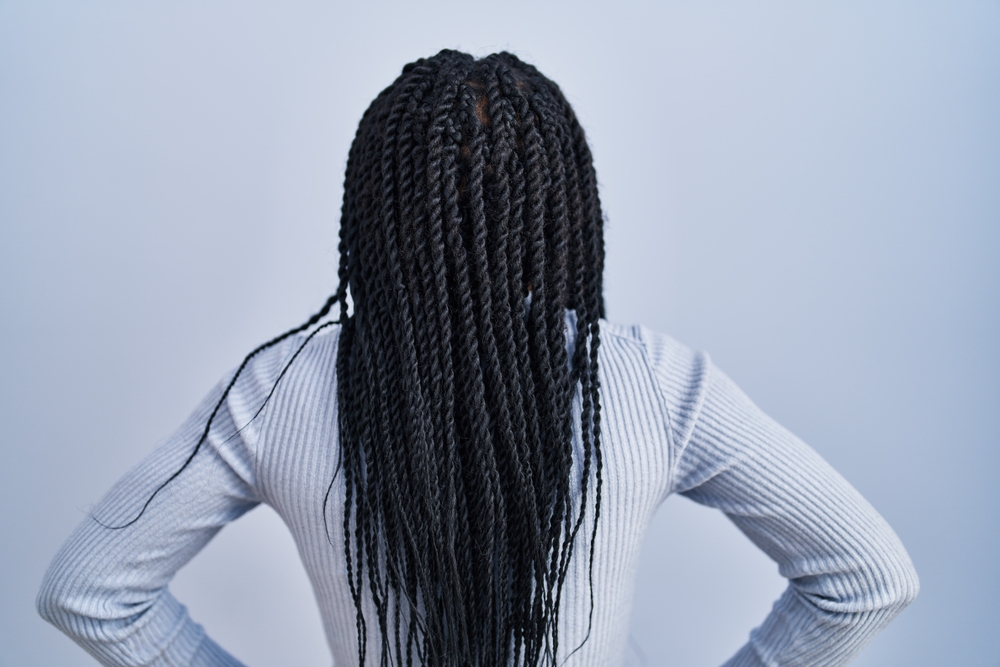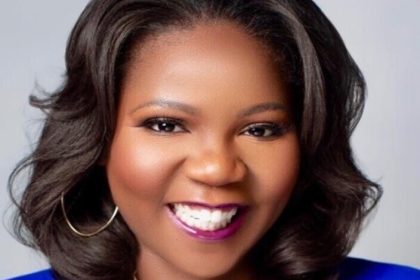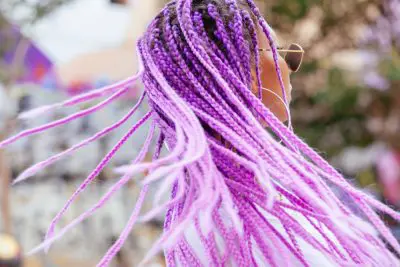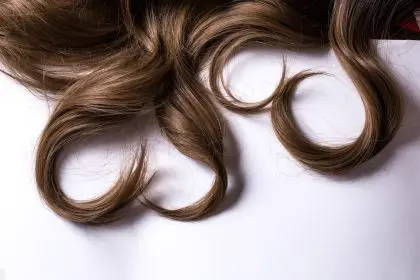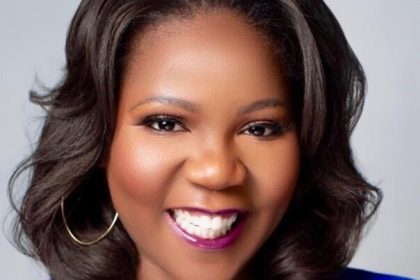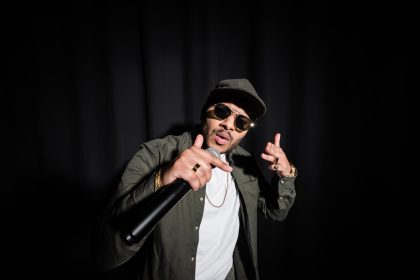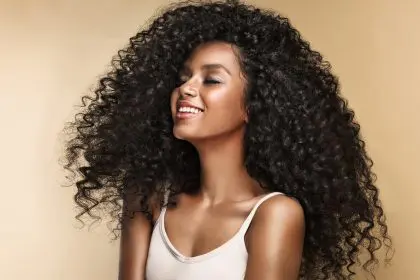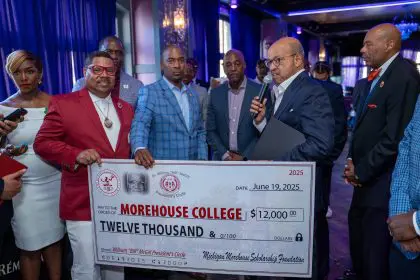Braiding is more than a hairstyle. For generations, African American hair braiding styles have held deep cultural significance, telling stories of survival, status and self-expression. What may seem like decorative patterns and artistic plaits are actually coded messages, maps and manifestations of identity.
The roots of cultural braiding
Long before African American hair braiding styles reached beauty salons and mainstream runways, they were symbols of heritage passed through generations across the African continent. In many African cultures, hair was viewed as sacred — a spiritual part of a person. It carried messages about a person’s tribe, marital status, age, religion or social rank.
In Yoruba tradition, the intricate patterns of cornrows could identify one’s family lineage or societal class. These braids weren’t rushed. Hours were spent meticulously weaving stories into hair, usually in community settings that bonded generations of women together.
When Africans were captured and forced into slavery, those deeply personal meanings weren’t lost — they were hidden in plain sight.
Hidden meanings embedded in survival
During slavery, African American hair braiding styles became a secret language. Enslaved people weren’t allowed to read or write, so they communicated in other ways — including through their hair.
Braids were used to relay escape routes. Some women would cornrow paths and rivers into their children’s hair, mapping out escape plans for freedom. Patterns that mimicked roads, hills or fields became literal guides to freedom. Others used braids as a clever way to carry items. Grains of rice or seeds were braided into hair to provide nourishment on long journeys.
The very act of braiding — done in silence, sometimes at night — became an act of resistance. A way to protect loved ones. A method to survive.
Cultural preservation through generations
Even after slavery ended, the significance of braiding did not fade. African American hair braiding styles continued to be a vessel for pride and cultural preservation during the Reconstruction era and the years of racial segregation that followed.
In times when Black identity was mocked or forced into assimilation, braids became a subtle but powerful way to reclaim self-worth and origin. Box braids, bantu knots and Ghana braids were worn not just for aesthetic beauty but as living reminders of ancestry.
Mothers braided their daughters’ hair the same way their own mothers did — passing on more than just technique. They passed on identity, dignity and legacy.
Modern-day meanings of braiding styles
Today, African American hair braiding styles still carry coded meanings — from fashion statements to political declarations. Each style has roots that stretch back centuries, often adapted but never disconnected from their original messages.
Box Braids
Often worn to signify strength and freedom, box braids are a nod to African heritage and a symbol of self-love in modern Black culture. Their low-maintenance design also shows how protective styles are used to shield natural hair from damage.
Cornrows
While cornrows are widely popular, their origin stories reflect resistance and rebellion. In contemporary culture, they can symbolize connectedness — to culture, to the past and to self. Variations in design may also communicate family traditions or artistic freedom.
Fulani Braids
Inspired by the Fulani people of West Africa, these braids feature beads, accessories and center parts. They are often used to honor femininity, royalty and the beauty of cultural diversity.
Goddess Braids
With their thicker, raised structure, goddess braids can represent divinity and power. They serve as a reminder that every Black woman’s crown is sacred and regal.
Bantu Knots
Originating from the Zulu people, these coiled knots symbolize Black excellence and strength. In a world where textured hair was once deemed unacceptable, bantu knots are a visual celebration of natural beauty.
Challenging beauty standards
For decades, society attempted to define professionalism, beauty and acceptability through Eurocentric lenses. Straightened hair became the expectation in corporate spaces, while natural styles were deemed unsuitable. But African American hair braiding styles stood — and still stand — as a direct challenge to those outdated norms.
In the 1960s and 1970s, the Black is Beautiful movement sparked a renaissance in natural hair. Braids reemerged as bold political statements. They weren’t just hairstyles anymore — they were declarations of defiance and self-ownership.
Even today, many people face discrimination in schools and workplaces over wearing braids. It’s why laws like the CROWN Act (Creating a Respectful and Open World for Natural Hair) are being passed to prevent race-based hair discrimination.
These challenges make the meanings behind braiding even more significant. Every twist is an act of pride. Every plait says, “I belong.”
The emotional bonds behind braiding
The process of braiding is intimate. Whether it’s between a mother and daughter, friends, or a stylist and client, the act itself builds trust. It’s a shared space where stories are told, advice is given and connections are strengthened.
For many Black women, their earliest memories include sitting between someone’s knees, having their hair braided. It was never just grooming — it was love. It was community. It was a rite of passage.
This emotional connection transforms a style into a moment. A braid into a memory.
Teaching the next generation
More African American parents today are teaching their children the rich histories behind braiding. They’re showing them how to honor their roots while embracing innovation. Social media platforms have helped reintroduce these stories to wider audiences. Braiders on digital platforms now share tutorials while educating others on the symbolism behind each pattern.
As young Black children see images of themselves in books, dolls and cartoons with braids, they feel more seen. They know they are not just trendy — they are timeless.
Braiding workshops and natural hair expos are also on the rise, helping youth reconnect with cultural practices and explore new ways to celebrate their hair.
The future of braiding traditions
As the world moves forward, so do the styles — but the stories remain. New generations are adding their creativity to ancient techniques, blending modern twists with historical roots.
Hairstylists today are architects of identity. They design with meaning and braid with purpose. Whether on the runway, in film or in neighborhood salons, braiding continues to evolve as an art form, a cultural code and a powerful connection to something greater.
In a world that still too often tells Black people to conform, African American hair braiding styles whisper — and sometimes shout — a powerful truth: We are not lost. We are legacy.
This story was created using AI technology.

